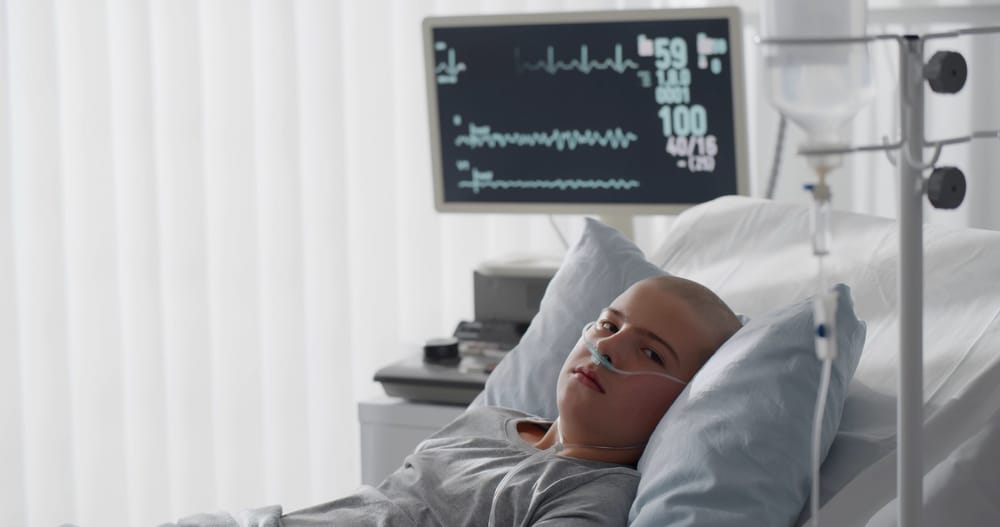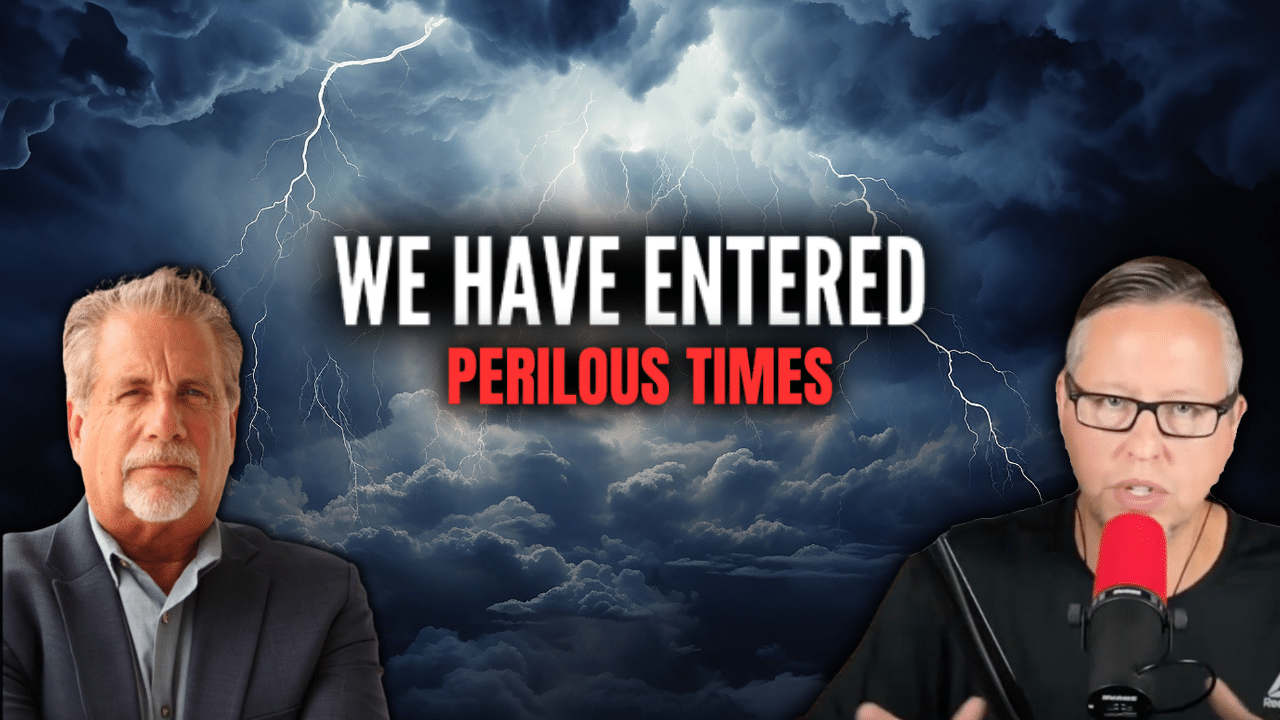(OPINION) Vanessa Chapoy had just turned 24 when she felt the lump in her breast. It was “huge,” she remembers, “like the size of a walnut, or a big marble.” She went to the first in a series of doctors that night to have it checked out.
Two and a half weeks later, she was diagnosed with breast cancer. Stage two, she would learn. “And my whole world flipped upside down,” Chapoy says.
She entered a gauntlet of treatments: a lumpectomy to cut out the tumor and a portion of surrounding breast tissue, fertility treatments so she could freeze her eggs, five months of chemotherapy and then a double mastectomy to remove both of her breasts.
Three years on, she’s still undergoing hormone therapy — an experience she likens to “early menopause” — and occasionally suffering from “chemo brain,” a form of brain fog resulting from chemotherapy that she says makes it more difficult for her to complete tasks or remember certain things.
“I don’t understand how this could happen,” she recalls telling a nurse at the beginning of it all. “I’m so young.” Cancer, after all, most often strikes late in life. In the United States, nearly 60 percent of patients are 65 or older when they’re diagnosed.
But stories like Chapoy’s are becoming more common. In recent decades, cancer rates have been climbing among people under 50, the typical cut-off for when cancer is considered “early-onset.”
This “early-onset cancer epidemic,” as one recent study published in Nature Reviews Clinical Oncology dubbed it, comprises a surge in the incidence of over a dozen different cancers in younger people since the 1990s in countries around the world.
In the U.S., the rate of early-onset cases rose by almost 18 percent between 2000 and 2019, even as cancer declined slightly in older adults, according to data from the National Cancer Institute (NCI).
Among Americans between 15 and 39 years old, an age group cancer researchers refer to as adolescents and young adults (AYAs), the surge was more pronounced still, topping 20 percent.
That increase has spanned genders, races and organs. It has stormed through young people’s blood and bone marrow, launched assaults on their gastrointestinal tracts, quartered itself in their reproductive organs.
The incidence of breast cancer in Americans aged 15 to 39 rose more than 17 percent over the 19-year period. Myeloma rates spiked by over 30 percent. Colorectal cancer, by nearly 45 percent. Why? Cancer researchers aren’t entirely sure.








